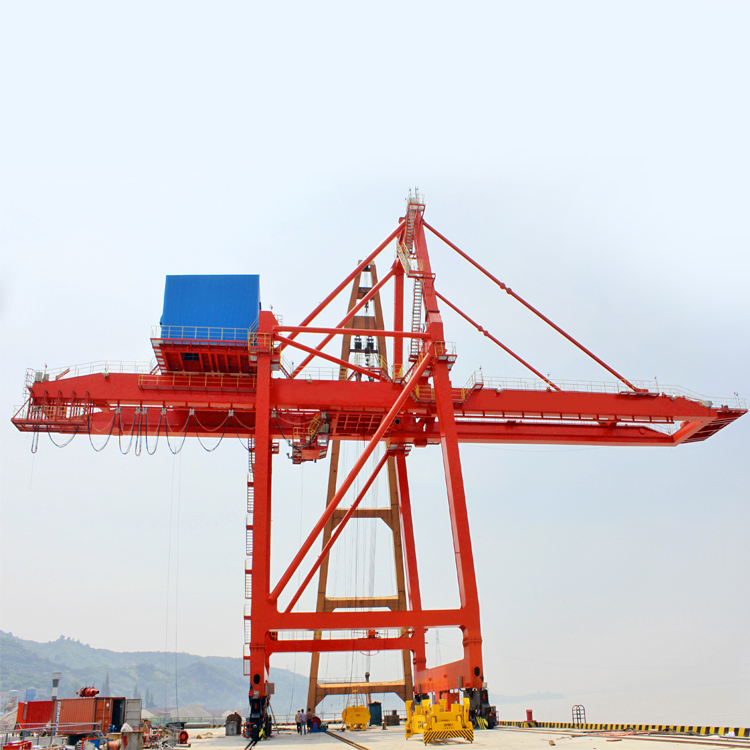Shore-to-shore cranes (STS) are vital equipment in modern port operations, designed to efficiently transfer containers between ships and terminals. Understanding how shore-to-shore cranes work is essential for those working in logistics, shipping, and port management.
At the heart of a shore-to-shore crane is a combination of mechanical and electronic systems. The crane is mounted on tracks that run parallel to the quay, allowing it to move horizontally along the length of the ship. This mobility is essential to reach containers at various locations on the ship.
The crane consists of several key components: the gantry, the hoist, and the spreader. The gantry is the large frame that supports the crane and enables it to move around the quay. The hoist is responsible for lifting and lowering containers, while the spreader is the device that firmly grasps the container during transfer.
When a ship arrives at the port, the shore-to-shore crane is positioned above the container that needs to be lifted. The operator uses a control system, often equipped with advanced technology such as cameras and sensors, to ensure precise movement. Once aligned, the spreader lowers to make contact with the container, and the hoist lifts it from the ship. The crane then moves horizontally to the quayside to lower the container to a truck or storage area.
Safety in STS crane operation is of paramount importance. Modern STS cranes are equipped with various safety features, including overload sensors and emergency stop systems, to prevent accidents.

Post time: Apr-30-2025







